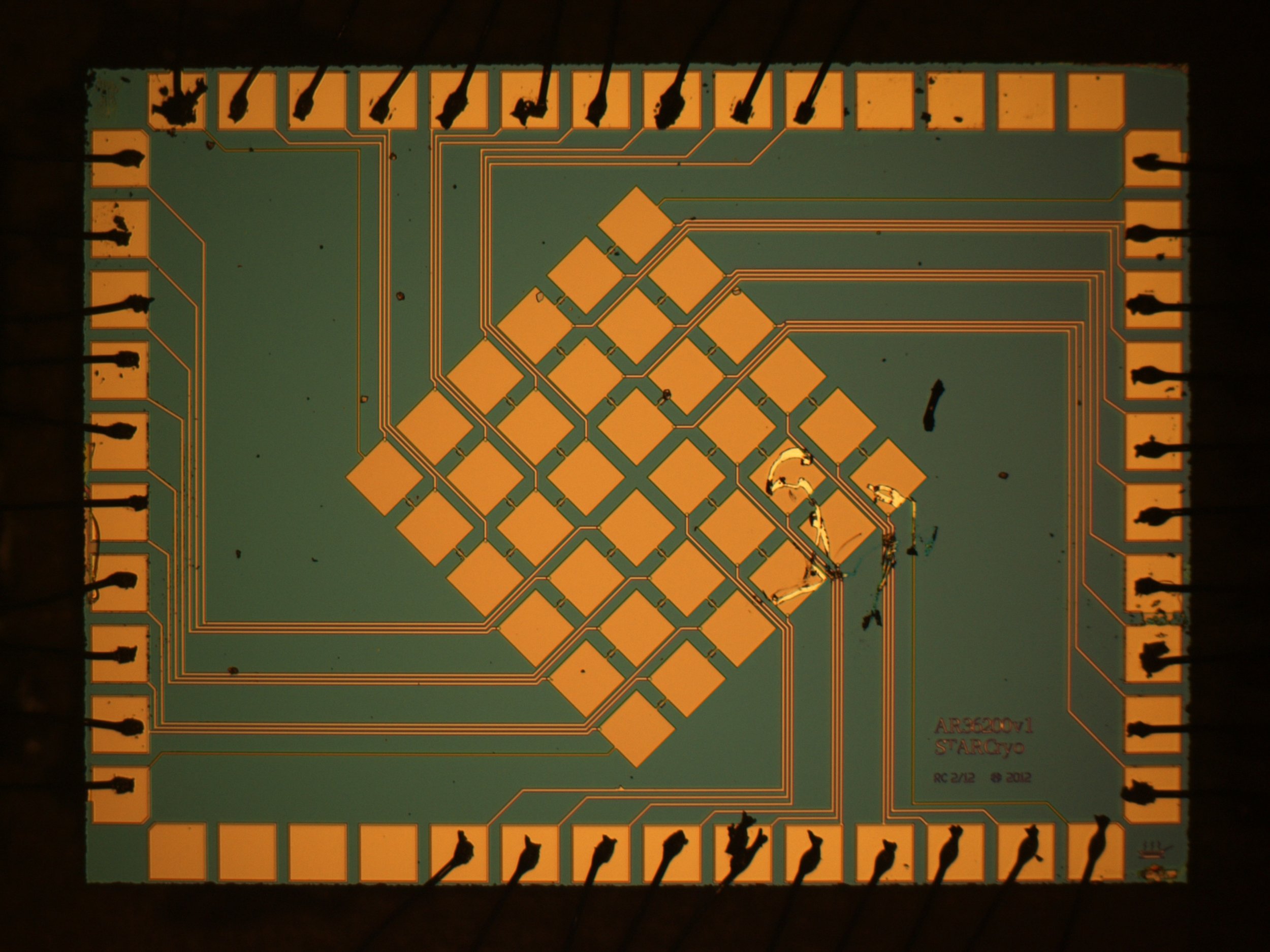A Search for BSM Neutrino Physics in the Electron Capture Decay of Beryllium-7 Using Superconducting Quantum Sensors
The BeEST Experiment
The BeEST experiment is a world-leading search for BSM neutrino physics and investigating quantum properties of weak decay using radioactive beryllium atoms embedded into thin-film superconducting quantum sensors
We access the neutrino mass by observing the energy kick given to the daughter atom following 7Be EC decay
Superconducting Tunnel Junctions (STJs)
The detection and characterization of eV-scale kinetic energy nuclear recoils at the precision needed to provide competitive limits on BSM physics is difficult to achieve. The BeEST experiment confronts these challenges using state-of-the-art superconducting tunnel junction (STJ) quantum sensors.
STJs are a type of Josephson junction that consist of two superconducting electrodes (100 nm thick) separated by a thin insulating tunneling barrier (2 nm). The absorption of radiation in the electrode breaks the Cooper pairs of the superconducting ground state and excites free excess charge carriers above the superconducting energy gap in proportion to the absorbed energy. As these excess charges quantum tunnel across the barrier, they generate a temporary increase in current that can be directly read out with a field-effect transistor (FET) based preamplifier at room temperature.
STJs have a predictable linearity, achieve exceptionally high energy resolution (~ 1 eV), and are able to operate at rates up to 10 000 counts/s. These features make them ideal sensors for the BeEST experiment.
The BeEST Experiment
STJ fabrication at Star Cryoelectronics
7Be beam production and implantation at TRIUMF-ISAC
Calibration, measurement, and analysis at Livermore and Mines




















